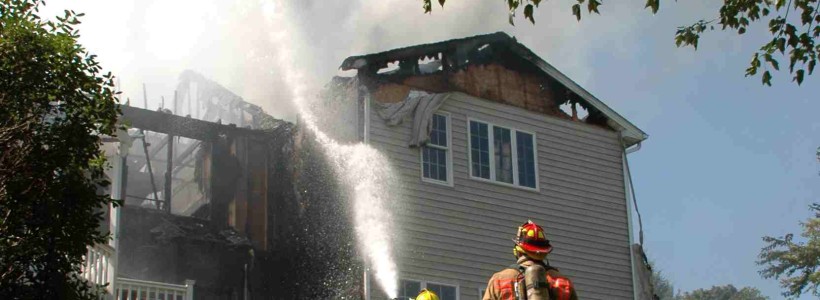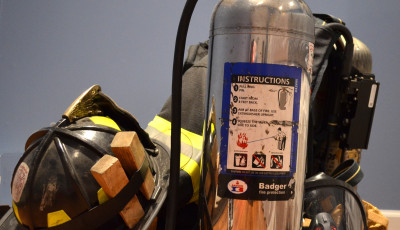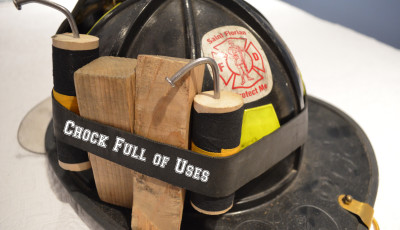Scream and Shout, Spray Water All About
One of the most important positions on the fire ground belongs to the firefighter assigned to the nozzle. Being responsible for directly putting water on the fire is a big responsibility, in essence they are solving our main problem…the fire itself.
Although the job can seem quite simple, opening the nozzle and putting water on the fire at times it can be anything but. Here are some tips and tricks to help you out the next time you are assigned “the best seat in the house”.
The Tips and Tricks
1)Wear ALL your PPE. All the time members are counting on you to extinguish the fire, make sure you are well protected to get the job done.
2) Always be ready. Even after the fire is knocked down, don’t put your nozzle down. Be ready for anything.
3) Keep the nozzle out in front of you, avoid having the nozzle too close to your body. If you need to hit fire on the left or right of you, you can just point the nozzle not turn your whole body. A good rule of thumb is you should have to extend your arm to reach the bail.
4) Know how to control the line yourself-your backup firefighter might have to leave his position to pull more line, turn a corner or a host of other things his position requires. You may have to control that line by yourself for a period of time. Know how to pin the line under your shin, use a wall or doorway as your backup and know how to ensure you have line at your disposal if you have to advance it.
5) Open the bail all the way-water is free, use as much as you can.
6) Ensure proper nozzle pattern. If you are using a TFT nozzle make sure you are on straight stream. Remember “Right to Fight”.
7) Bleed the line properly. Before entering the building open the bail all the way. Don’t just open it long enough to bleed the air. Make sure you have a good stream, when you have two rooms of fire in front of you that’s not the time to figure out you have poor water.
8) Flake your line out properly. Every kink in your line can reduce your gallon flow by thirty gallons per minute or more. In addition a properly flaked out line will enable you to make a smooth advance once inside the building.
9) Heads Up. Keep your head up. This will enable you to see rollover and allow you to monitor conditions better. What you need to be concerned with 99.9% of the time is in front of you or over you not underneath you.
10) Sweep the floor. After cooling the ceiling and hitting the fire sweep the floor to cool it and push any debris or burning material out-of-the-way. Even if your duck walking your job is a lot easier without walking over anything burning.
I have hit ten tips to help you, honestly there are probably two hundred. It’s your turn, leave your tips and tricks for the nozzle in the comment section.
Remember, the next time you are given the nozzle position you were just assigned the “best seat in the house”.
(Cover Photo Courtesy: John Gallagher, Firefightertoolbox.com)












Well done! 9 & 10 are probably the two tips I’ve most often seen nedlected/violated by rookies and trainees.
Great article, even though I am not an engine guy :)
Thanks Mike, always good to hear the opinion of the guys across the floor :-)
Put a peice of webbing about 5 to 6 feet long tied in a loop when you need the extra help, short staffed or your back up guy is chasing kinks what ever, through a wrap around the hose and over your sholder now you have total control and less fatigue holding the line. Great article thank you